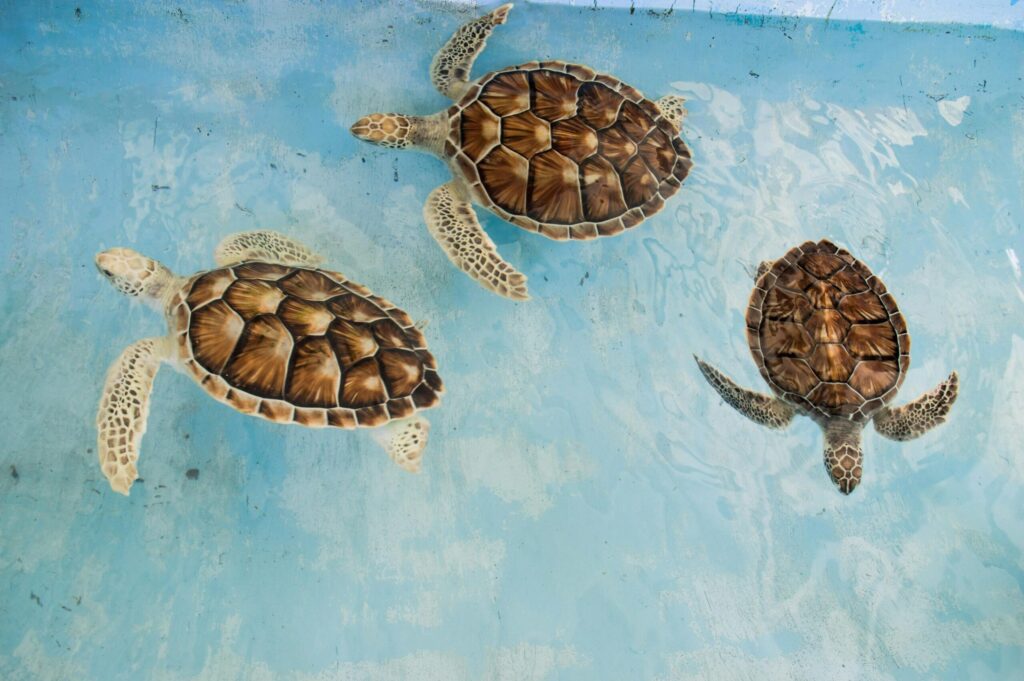New Home for Deep-Sea Mineral Spire

A deep-sea mineral spire, known as Bikpela, (Big Bug in Tok Pisin, a creole language spoken throughout PNG) and first discovered in 2000 by both Australian and Papua New Guinea researchers, is going on display for the first time. Taking pride of place at the Australian National Maritime Museum’s exhibition Ultimate Depth: A Journey to the Bottom of the Sea, the spire has given valuable information about the undersea world.
Chemicals Are Threatening Our Wildlife

Imagine a world without animals—no butterflies fluttering through the air, no cicadas singing in the summer, no birds soaring overhead. While this is far from our reality today, we are at risk of losing some of our beloved species, such as freshwater sea turtles. A recent joint study by the Commonwealth Scientific and Industrial Research Organisation (CSIRO) and the Queensland Department of the Environment, Tourism, Science and Innovation (DETSI) has revealed alarming signs of population decline and the toxic impact of PFAS chemicals on Queensland’s freshwater turtles, potentially pushing their populations toward collapse.
Gophers and Fungi Revive Mt St Helens After Explosion

40 years ago, scientists plopped two gophers into fenced areas at Mt St Helens to see if they could help the environment recover after a devastating volcanic explosion. The effects of the experiment decades later were far beyond the scientists’ expectations.
Printed Solar Panels – Is This the Future?

The Commonwealth Scientific and Industrial Research Organisation (CSIRO) of Australia has been busy developing a new technology that allows ‘solar ink’ to be printed on plastic sheets to create thin, light, semi-transparent and flexible solar panels. Think solar panels integrated on tents for emergency or recreational purposes, panels laminated on home or office windows, panels lining the outside of greenhouses or tunnels, panels printed on clothing or even packaging – the possibilities are endless!